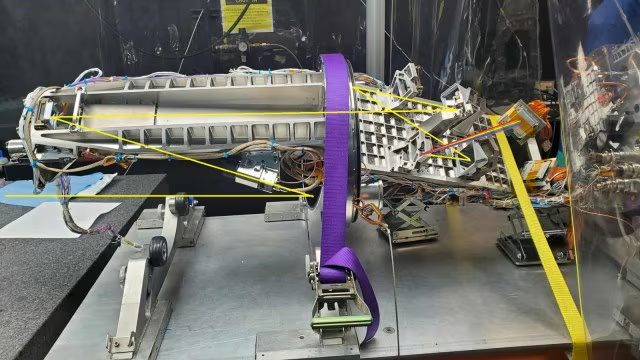Description
GS PAPER III: Science and Technology- developments and their applications and effects in everyday life.
The story so far: With the re-emergence of the lab-leak origin theory for the SARS-CoV-2, questions are also being raised on gain-of-function research. The Wuhan Institute of Virology was said to have conducted gain-of-function research on coronaviruses.
What is gain-of-function research?
- In virology, gain-of-function research involves deliberately altering an organism in the lab, altering a gene, or introducing a mutation in a pathogen to study its transmissibility, virulence and immunogenicity.
- It is believed that this allows researchers to study potential therapies, vaccine possibilities and ways to control the disease better in future.
- Gain-of-function research involves manipulations that make certain pathogenic microbes more deadly or more transmissible.
- This is done by genetically engineering the virus and by allowing them to grow in different growth mediums, a technique called as serial passage.
- Ultimately, gain-of-function studies, which enhance viral yield and immunogenicity, are required for vaccine development.
Loss-of-function’ research
- It involves inactivating mutations, resulting in a significant loss of original function, or no function to the pathogen.
- When mutations occur, they alter the structure of the virus that is being studied, resulting in altered functions. Some of these significant mutations might weaken the virus or enhance its function.
Associated concerns:
- Some forms of gain-of-function research reportedly carry inherent biosafety and biosecurity risks and are thus referred to as ‘dual-use research of concern’ (DURC).
- This indicates that while the research may result in benefits for humanity, there is also the potential to cause harm — accidental or deliberate escape of these altered pathogens from labs may cause even pandemics.
What is the situation in India?
- In India, all activities related to genetically engineered organisms or cells and hazardous microorganisms and products are regulated as per the “Manufacture, Use, Import, Export and Storage of Hazardous Microorganisms/Genetically Engineered Organisms or Cells Rules, 1989”.
- Department of Biotechnology issued guidelines for the establishment of containment facilities, called ‘Biosafety labs’, at levels two and three.
- The notification provides operational guidance on the containment of biohazards and levels of biosafety that all institutions involved in research, development and handling of these microorganisms must comply with.
Should research continue?
- Scientists have differing opinions on the issue, particularly since the emergence of the COVID-19 pandemic.
- While those on the side of gain-of-function research say that it makes science and governments battle-ready for future pandemics, there have been a rising number of calls to suspend such research.
- Proponents of gain-of-function research believe that “nature is the ultimate bioterrorist and we need to do all we can to stay one step ahead”.
- Unfortunately, scientists have crossed all boundaries and created monster chimeric viruses.
- After COVID-19 struck, concerns were raised to ensure greater transparency about such research.
- At the World Health Organization (WHO), initiated the development of that Framework and organised a consultative meeting in March 2021. Work is on to address key topics as part of the Framework.
https://www.thehindu.com/sci-tech/science/explained-what-is-gain-of-function-research/article34861204.ece
Array
(
[0] => daily-current-affairs/gain-of-function-research
[1] => daily-current-affairs
[2] => gain-of-function-research
)









